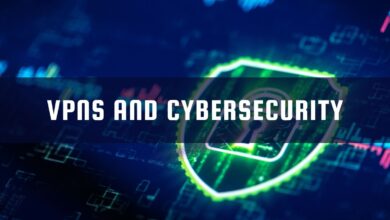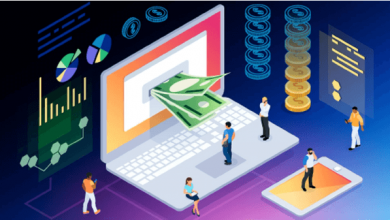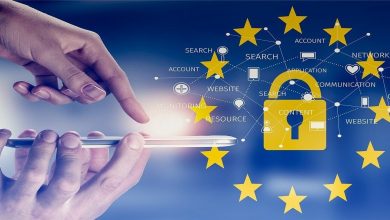4 Ways Cyber Crime Threatens Personal Information
KEY TAKEAWAYS
Cybercriminals use advanced technology to commit malicious activities. Like most criminals, they do this to make money. They can make thousands of dollars on the dark web by selling personal information. And, as the demand for stolen data continues to rise, incidents of data breaches are becoming increasingly common. No individual or business is immune to cyberattacks. A successful attack has the potential to shut down companies, security agencies, cities, and even countries, and it can destroy the life of an individual.
Sensitive data that cybercriminals try to steal include personal information such as Social Security numbers, credit card details, and names and addresses. They then use that information to commit a wide range of illegal activities. Identity theft, significant loss of money, damaged credit history, public embarrassment, and a possible criminal record are some of the consequences of personal data theft. Before we discuss how we can reduce the risk of cybercrime, let’s take a look at how cyber criminals threaten personal information.
Hacking
Hackers exploit software vulnerabilities or weak security practices to take control over a computer system. It allows them to steal the personal data of customers and other individuals.
Phishing
Phishing is a type of social engineering attack. In this type of attack, malicious actors send fraudulent messages that appear to come from trusted entities. Individuals are lured into clicking a link in an e-mail, and once they do, cybercriminals gain access to personal information such as bank account details, credit card numbers, and passwords. In addition to link manipulation, the other phishing techniques are website forgery, pop-ups, vishing, and smishing.
Malicious Program
Malware, such as spyware, is another common method used by cybercriminals to target personal information. Once cybercriminals succeed in installing it on a system, they steal data such as Social Security numbers, login details, and bank account numbers and sell it to third parties, including marketers and blackmailers.
Denial of Service
A Denial-of-Service (DoS) attack floods a target with traffic, which prevents legitimate users from accessing devices, network resources, or information systems. E-mail accounts, websites, and online banking accounts may become inaccessible because of DoS.
Reduce Cybersecurity Risks and Protect Personal Information
In the digital world, you cannot avoid sharing personal information online. It is, therefore, vital that you look for an appropriate solution to reduce cyber-related risks. For example, identity theft protection provider Lifelockparter.com offers a number of plans that feature monitoring technology and alert tools.
When LifeLock detects malicious activity, it alerts you through text, phone, e-mail, or mobile app of a breach of your personal information. You can take actions to prevent identity theft. If you fail to do that and become a victim, LifeLock will connect you to a U.S.-based Identity Restoration Specialist. They will help you recover from identity theft.
Some of the identity theft protection services of Lifelockpartner.com include:
- $1 Million Stolen Funds Reimbursement: It helps guard against the cost of identity theft by offering a cover of up to $1 million.
- Bank and Credit Card Activity Alerts: LifeLock immediately alerts you if it detects suspicious activities on your credit card or bank accounts.
- Dark Web Scans: It scans the dark web to ensure that your personal information is not being used by someone else.
Invest In a Right Solution
Detection is the key to reducing the risks of a cyberattack. You can take appropriate steps if you find out in real-time that your personal information is compromised. It also ensures that you face no consequences because of that. So, make sure to invest in the right solution to protect your personal information online.





